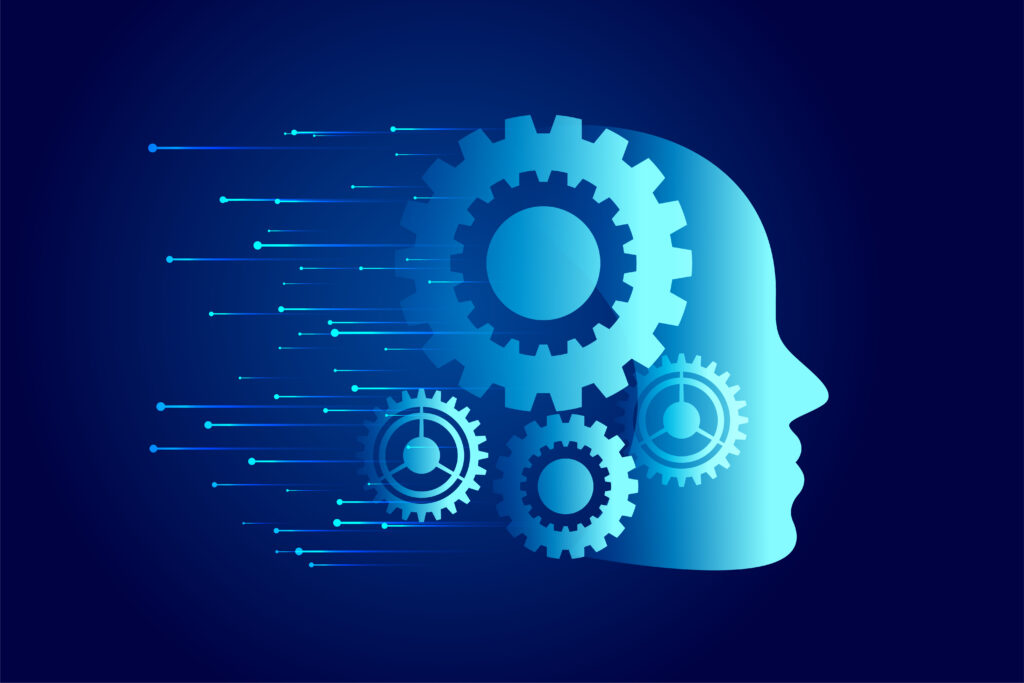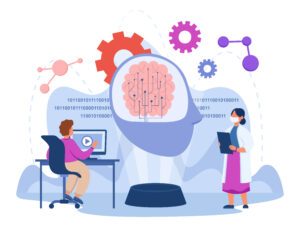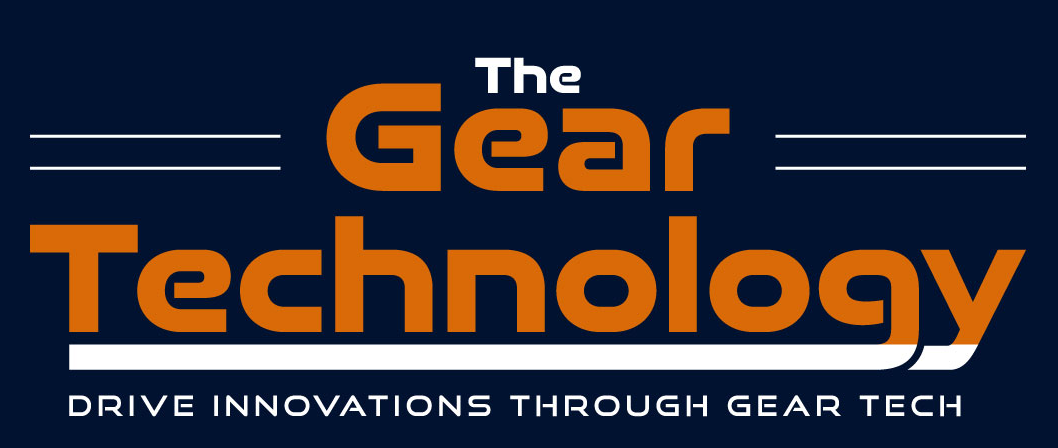Neural-Sensing Gears: When AI Monitors Torque Emotion
Neural-Sensing Gears: When AI Monitors Torque Emotion Neural-Sensing Gears and the Rise of Emotional Machines In the evolving world of precision engineering, neural-sensing gears introduce emotion into machinery. When AI monitors torque emotion, it senses not just motion but feeling—micro-vibrational stress signatures that reveal internal fatigue and strain. These signals travel to cloud-based AI diagnostic […]

Neural-Sensing Gears: When AI Monitors Torque Emotion
Neural-Sensing Gears and the Rise of Emotional Machines
In the evolving world of precision engineering, neural-sensing gears introduce emotion into machinery. When AI monitors torque emotion, it senses not just motion but feeling—micro-vibrational stress signatures that reveal internal fatigue and strain.
These signals travel to cloud-based AI diagnostic dashboards, transforming invisible gear stress into visible emotional analytics. The result is predictive maintenance that prevents failure before it happens, a crucial advantage for precision robotics and aerospace systems.
Understanding the Neural-Sensing Gear Framework
Sensor Architecture and Micro-Vibrational Stress Capture
Each neural-sensing gear integrates nano-scale strain gauges and accelerometers. They detect micro-vibrational deviations caused by torque imbalance, lubrication loss, or material fatigue.
Cloud-Based AI Diagnostic Dashboards for Predictive Accuracy

Once digitised, these stress signatures are transmitted securely to a cloud-based AI dashboard. Advanced algorithms interpret torque emotion, detecting early stress peaks or fatigue zones that conventional vibration tools miss.
Torque Emotion Analytics for Continuous Learning
With each operational cycle, the system refines its predictive model. AI learns the emotional baseline of every gear and recognises deviations instantly, ensuring a learning feedback loop that strengthens over time.
Industrial Advantages of AI-Monitored Torque Emotion
Reduced Downtime and Cost through Real-Time Awareness
Predictive alerts generated by neural-sensing gears enable early interventions. Robots or aircraft actuators never reach failure thresholds, dramatically cutting downtime and repair expenses.
Extended Gear Life and Enhanced System Reliability
Because torque emotion data defines precise stress cycles, maintenance occurs only when needed. This targeted approach extends component life, saves materials, and boosts operational reliability.
Precision Feedback for Robotics and Aerospace Mechanisms
In robotics, neural-sensing gears fine-tune motion sequences; in aerospace, they stabilise actuators under pressure. Both rely on AI’s ability to interpret emotional analog data to ensure precision under stress.
From Gear to Cloud: Data Flow and Interpretation Layers
- Sensor Fusion Layer: Captures analog stress vibrations in real time.
- Signal Conversion Layer: Converts analog emotion signals to digital data packets.
- Transmission Layer: Transfers encrypted packets to AI infrastructure.
- Cognitive Layer: AI dashboard interprets torque emotion to predict wear.
- Response Layer: Machine control adjusts torque to prevent damage.
This five-tier flow creates a self-aware mechanical ecosystem.
Emerging Innovations Shaping Neural-Sensing Gear Systems
Edge-AI Integration for Instantaneous Torque Emotion Processing
Edge-AI integration enables local data processing near the gear assembly. Instead of sending every vibration to the cloud, embedded AI chips process torque emotion at the source.
By analysing data at the edge, latency decreases dramatically. Aerospace actuators, robotic joints, and autonomous machines gain split-second responses to mechanical anxiety or torque surges. Edge-AI ensures gears self-correct in milliseconds, improving both precision and safety.
Furthermore, it reduces data-transfer costs and guards sensitive diagnostic data within local boundaries—a crucial factor for defence and industrial networks.
Digital Twin Fusion for Predictive and Simulative Diagnostics
Digital Twin Fusion pairs each gear with a virtual counterpart continuously updated with emotional stress data. This twin replicates operating conditions in real time, predicting how torque emotion evolves under various loads.
Engineers simulate wear progression, temperature effects, and lubrication efficiency without halting real production. Combined with historical analytics, the twin forecasts failures weeks in advance—refining maintenance strategies through simulated precision.
Adaptive Maintenance Scheduling through Emotional Stress Modelling
Instead of static maintenance intervals, adaptive scheduling leverages emotional stress curves captured by neural-sensing gears.
AI evaluates these curves to determine when stress surpasses safe thresholds. Maintenance occurs only when the gear’s emotional profile indicates impending fatigue. This method eliminates over-servicing, optimises human resources, and boosts operational efficiency across robotics, aerospace, and industrial automation.
Cross-System Analytics for Holistic Gear Performance Insights
Cross-system analytics interlinks multiple neural-sensing gears across machines. By correlating torque emotion across systems, AI identifies repeating stress points, misalignments, or over-load patterns.
This macro-view transforms isolated gear data into systemic intelligence. Manufacturers use these insights to redesign entire drivetrain architectures for higher resilience and smoother torque transmission across global production lines.
Miniaturised Sensor Technology and Wireless Energy Breakthroughs
Next-generation neural-sensing gears employ miniaturised sensors powered by wireless energy transfer. These ultra-light sensors allow continuous torque emotion monitoring even in compact gearboxes.
In aerospace, every gram matters. Wireless nano-sensors provide uninterrupted telemetry without adding weight or wiring complexity. As a result, satellites, drones, and robotic actuators gain permanent emotional intelligence—enhancing endurance and mission reliability.
Implementation Challenges and Industry Considerations
While promising, neural-sensing gears face engineering and economic hurdles:
- Sensor Calibration: Maintaining precision under variable thermal and mechanical stresses.
- Data Volume Management: Handling continuous emotional data streams without latency.
- AI Training Data: Building robust torque emotion datasets for diverse gear materials.
- Cybersecurity: Protecting proprietary performance data from external breaches.
- ROI Assessment: Measuring long-term economic benefits against retrofit costs.
Each challenge provides opportunities for innovation in sensor durability, AI, and secure industrial IoT connectivity.
Future Vision: Emotionally Intelligent Machines and Beyond
The horizon points toward emotionally intelligent machinery, where neural-sensing gears act as sentient components that perceive and adapt to stress autonomously.
Imagine fleets of robots whose gears self-regulate torque emotion through AI empathy or spacecraft whose actuators “feel” stress and communicate it instantly to mission control. This evolution brings industry closer to machines that not only function—but understand their mechanical emotions.
The New Era of Sentient Gear Diagnostics
The integration of neural-sensing gears with AI-monitored torque emotion is transforming predictive maintenance. By translating stress into emotional analog data and analysing it through cloud or edge AI dashboards, industries achieve unprecedented control.
In precision robotics, aerospace, and industrial automation, emotionally aware gears signal a shift from mechanical performance to mechanical consciousness. As miniaturised sensors, digital twins, and Edge-AI mature, neural-sensing gears will anchor the intelligent mechanical ecosystems of the future.

